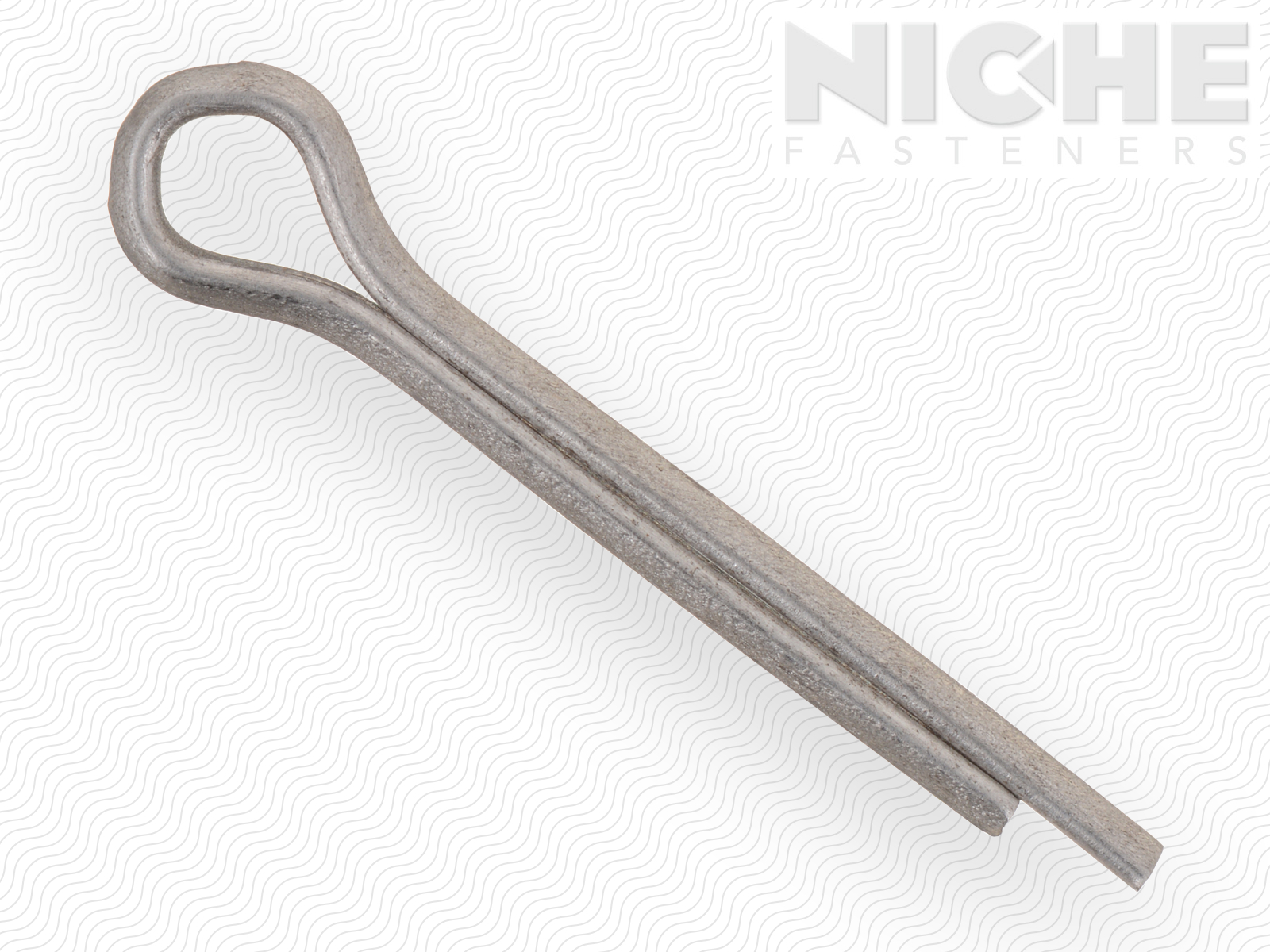
Save my name, email, and website in this browser for the next time I comment. This fastener is also ideal for vibrating and rotating applications, and reduces the risk of being accidentally knocked or vibrated off. It’s easily released by lifting the loop and sliding the cotter pin off. Bow-Tie Locking Cotter: Works like a Hair-Pin Cotter, simply push or pull this cotter’s pin leg into the mating hole and the Bow-Tie snaps into a zero-tension locked position. It offers excellent security for vibrating and rotating equipment but is ideal for light to medium applications and offers fast, tool-less installation and removal.ģ.
#Cotter pin manual#
A manual secondary lock tensions the Rue Ring tight and dampens vibration. Rue Ring Locking Cotter: This cotter pin surrounds the shaft and locks itself on, making it one of the safest cotters available. They provide fast, tool-less installation and removal.Ģ. Hair-Pins are a spring-type cotter made to be reusable in less critical applications.

Hair-Pin Cotter: Relatively secure, but high-vibration or rotating applications can cause accidental disengagement. Pivot Point, a manufacturer of non-threaded fastener solutions, recently released the basics on cotter pins, comparing five different types available.ġ. Length Extended Prong Cotter Pin, Brass, Plain, Manufactured by Western. Length Extended Prong Cotter Pin, Brass, Plain. They’re either a wedge or tapered pin that’s driven into a hole. Cotter pins are wire formed fasteners used externally in holed applications. The cotter pin secures the bolt in place so that it’s less likely to loosen and come out.A cotter pin is a simple fastener that’s used to secure a bolt or any other rod-shaped fastener, typically preventing axial movement along a shaft. Typical applications are in fixing a crank to its crankshaft, as in a bicycle, and a piston rod to a crosshead, as in a steam engine. In British usage cotter pin has the same meaning, 1 but in the U.S. Cotter pins are available in different sizes and designs. A cotter is a pin or wedge passing through a hole to fix parts tightly together. Each cotter pin is made out of thick wire with a semicircular cross-section. In the U.S., cotter pins are also known as split pins or cotter keys. It is passed through the holes between two-part to join or fix them. In simple terms, a cotter pin is a pin or a wedge that passes through a hole to fix the various components in their place. Consisting of a U-shaped piece of metal, it’s inserted through the hole of a bolt, after which the ends are twisted together. A cotter pin is a simple pin used to join two-part. In ConclusionĪ cotter pin is a simple fastener that’s used to secure a bolt in place. Using this technique, the cotter pin is less likely to wiggle its way out of the bolt - something that could otherwise cause the bolt to come out as well. Some people assume that it’s best to twist the ends of cotter pins together, but this simple fastener offers the greatest protection against loosening when the ends are twisted away from each other. Next, you’ll need to twist the two prong-like ends of the cotter pin outwards and away from each other. To use a cotter pin, simply place it through the bolt’s hole.

They already have a pre-drilled hole, allowing for faster and easier installation of a cotter pin. You can always try to drill a new hole into an existing bolt, but there are bolts available that are designed specifically for use with a cotter pin. Therefore, you’ll need to choose a bolt with a pre-drilled hole if you’re planning to secure it using a cotter pin. Without a hole, there’s nowhere to insert a cotter pin. Rather, you can only insert a cotter pin into a bolt if the bolt has a hole in it. Non-threaded fastener from Fabory, Cotter Pin (split) with extended prong & hammerlock types, Used to lock clevis, slotted nuts and other applications. Of course, not all bolts support the use of a cotter pin. How Cotter Pins WorkĬotter pins work by preventing the bolt in which they are inserted from coming out. Cotter pins are inserted into a bolt to prevent the bolt from loosening. As shown in the adjacent image, cotter pins consist of a narrow U-shaped piece of metal with a flared and circular top. But what exactly is a cotter pin? The Basics of Cotter PinsĪlso known as a split pin, a cotter pin is a simple fastener that’s used to secure a bolt - or any other rod-shaped fastener - in place. There are ways to secure bolts in place, however, including the use of a clutter pin.
#Cotter pin install#
Easy to install and remove, they have two long tines. If a bolt is attached to a machine, for instance, the vibrations produced by the machine may cause it to come out. Also known as split pins, cotter pins provide secure locking between two parts of a clevis fastener system. It’s not uncommon for bolts to loosen over time.


 0 kommentar(er)
0 kommentar(er)
